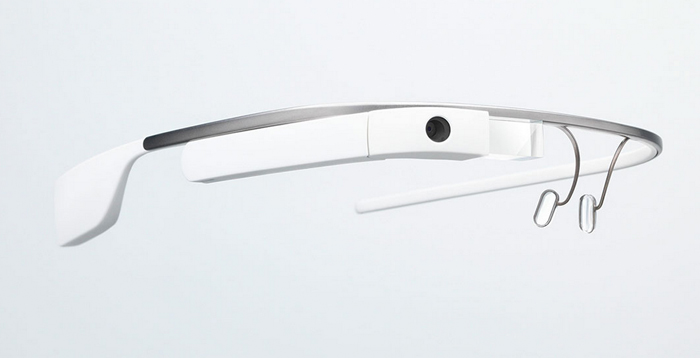Glass: Definitely half full
 Google Glass prototype as of February 2013. Google’s strategy to build buzz surrounding its innovative new offer—“Glass”—while also securing a de facto revenue forecast by gauging interest in the product was brilliant. It challenged the market to envision how the new product could be put to meaningful use via a Twitter submission that asked the question, “#ifihadglass…”
Google Glass prototype as of February 2013. Google’s strategy to build buzz surrounding its innovative new offer—“Glass”—while also securing a de facto revenue forecast by gauging interest in the product was brilliant. It challenged the market to envision how the new product could be put to meaningful use via a Twitter submission that asked the question, “#ifihadglass…”
Seeking Explorers to help shape the future of Glass #ifihadglass goo.gl/zCkno — Project Glass (@projectglass) February 20, 2013
Users were given the opportunity to be among 8,000 individuals to have the privilege of purchasing Glass months before hitting the market for $1,500! No doubt, when an innovator with deep pockets like Google brings to market such a unique product, it’s less an issue of demand forecast management than an opportunity to build buzz and excitement around something new. Further, the ideas submitted by aspiring users give Google fodder for future product applications, potential partnerships, and even how to more effectively market the product by focusing on areas that users have defined as relevant. What is also so powerful about this idea is that those first to get Glass will be most apt to get the most out of the product and, thereby, create opportunities for product evangelism and yet more buzz! Recently, Gustin jeans used crowd-sourcing through Kickstarter to fundamentally change its business model. While its jeans were previously sold through retailers for about $220 a pair, Gustin was able to go direct to consumers, drastically cutting costs and allowing it to reduce its prices to about $81 a pair. For a look at their project >> Oh, and as for my entry…
#ifihadglass I’d create the first book “made of glass:” a digital anthology of daily insights and ideas etched in glass thru words, pictures, and video. — brandadvisors (@brandadvisors) February 28, 2013
For more on Glass >> While Glass has generated significant buzz and awareness despite yet being launched, Oakley’s Airwave goggles that hit the market last fall have garnered far less visibility, yet offer remarkable capabilities.
